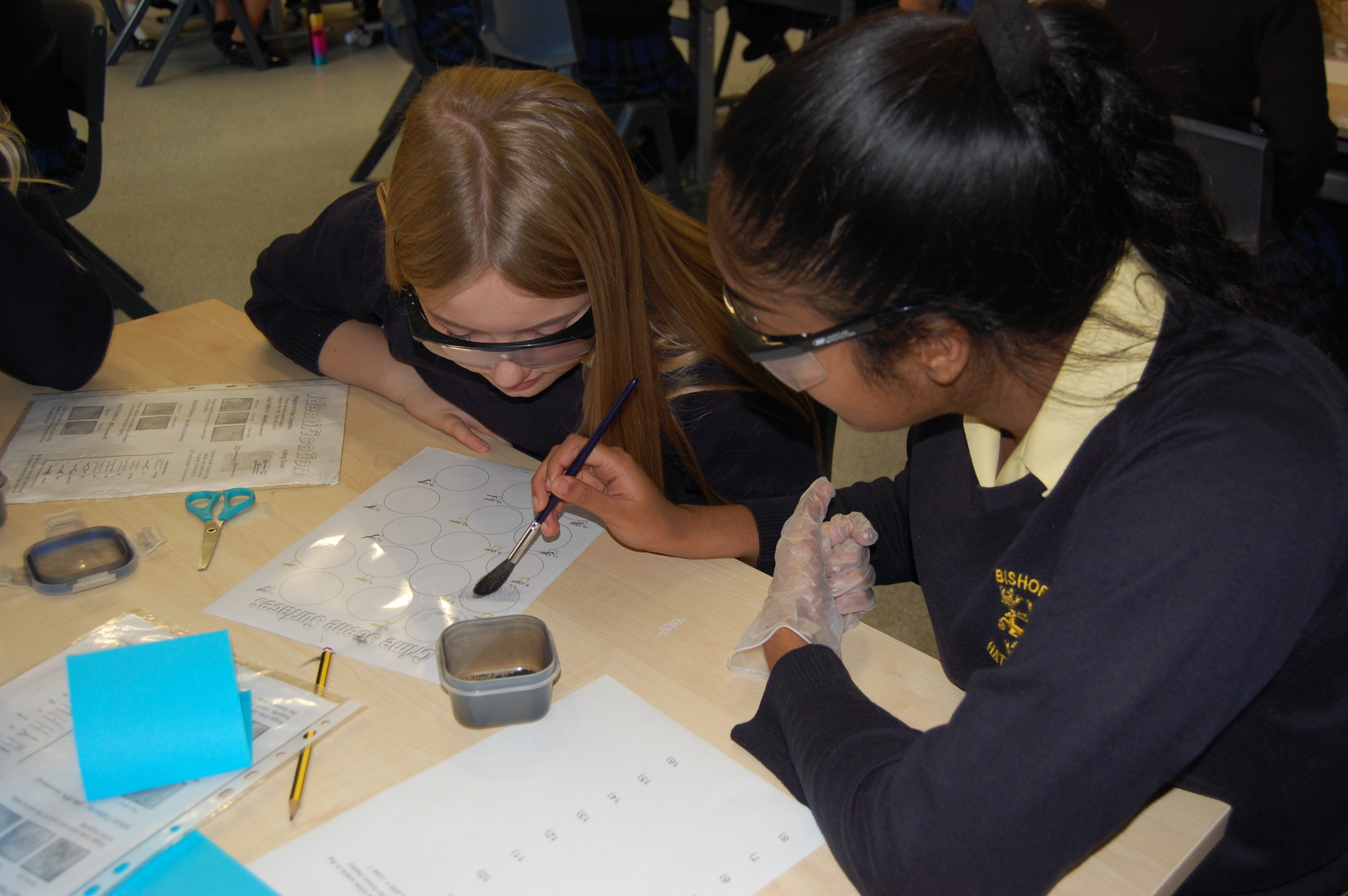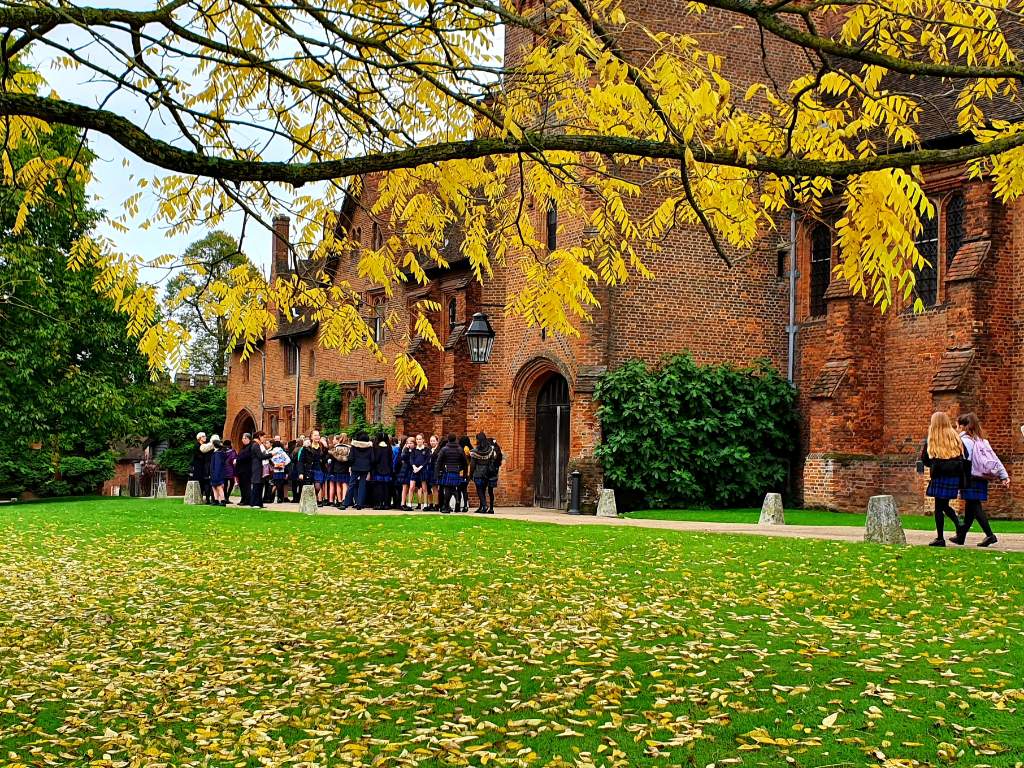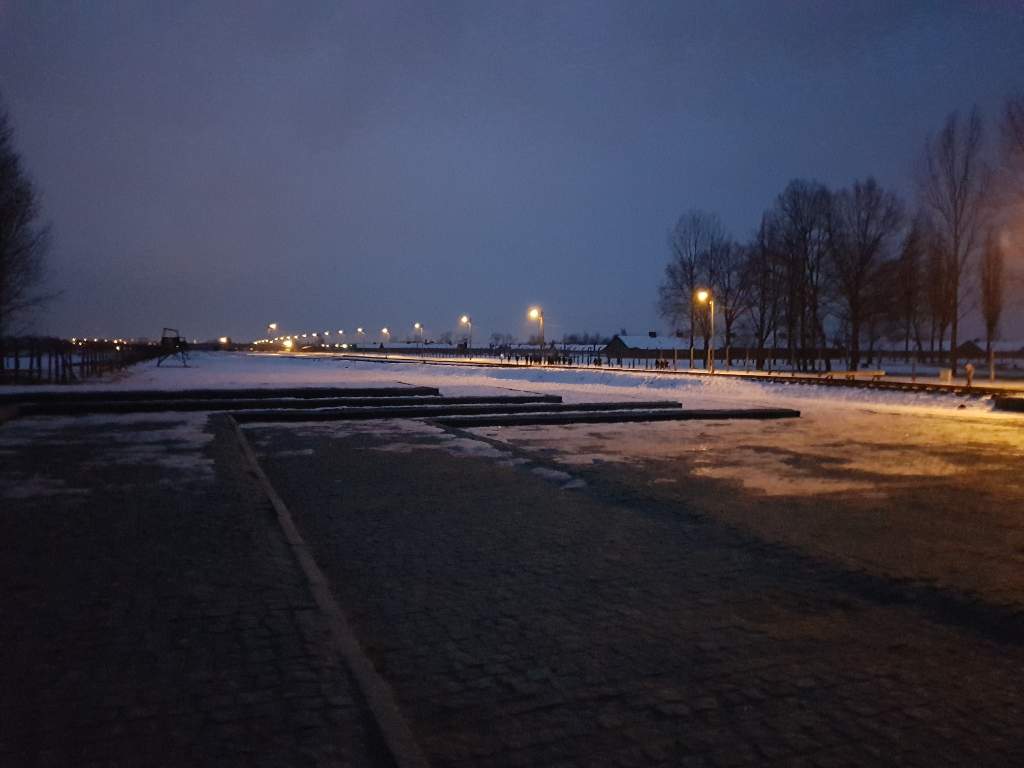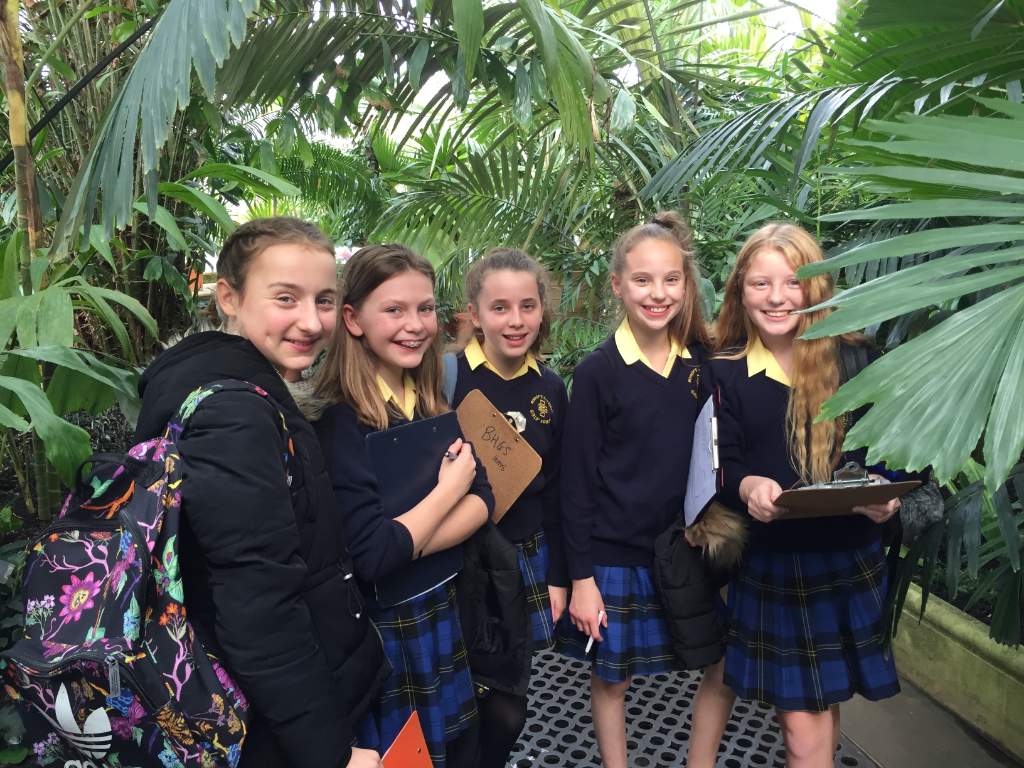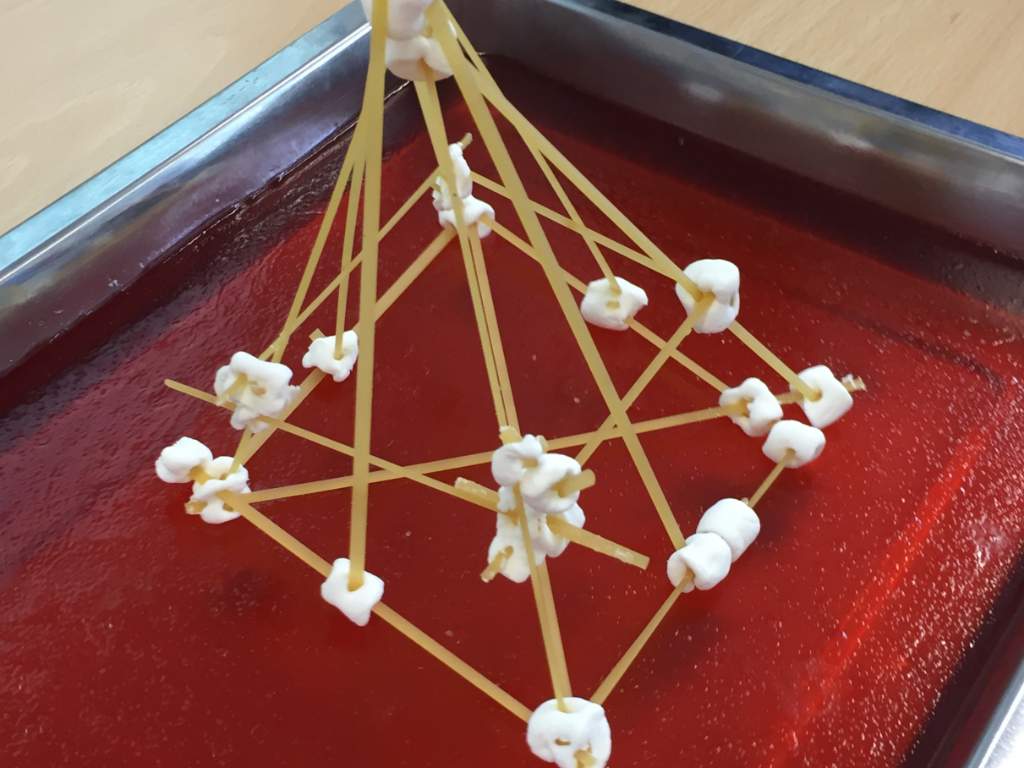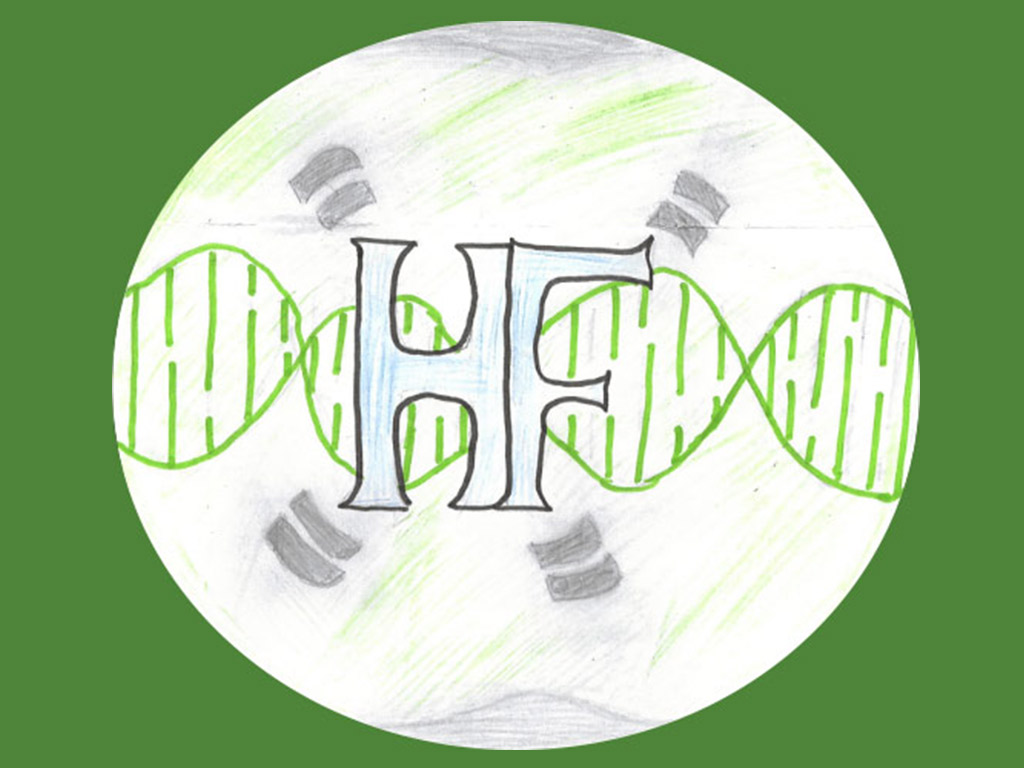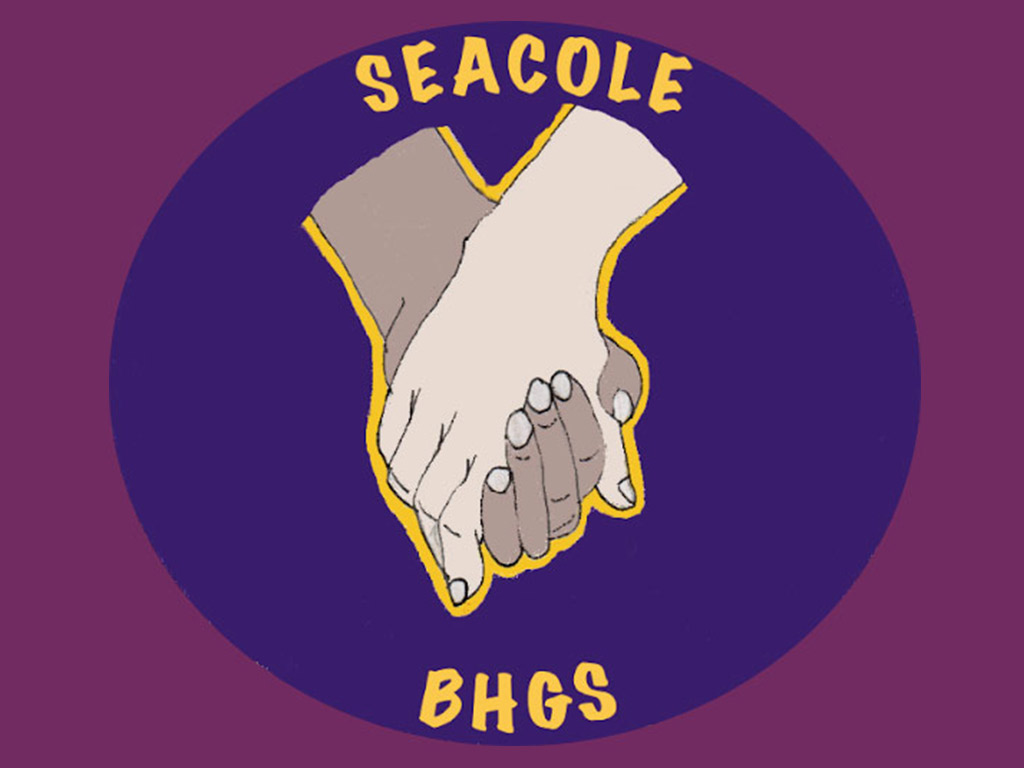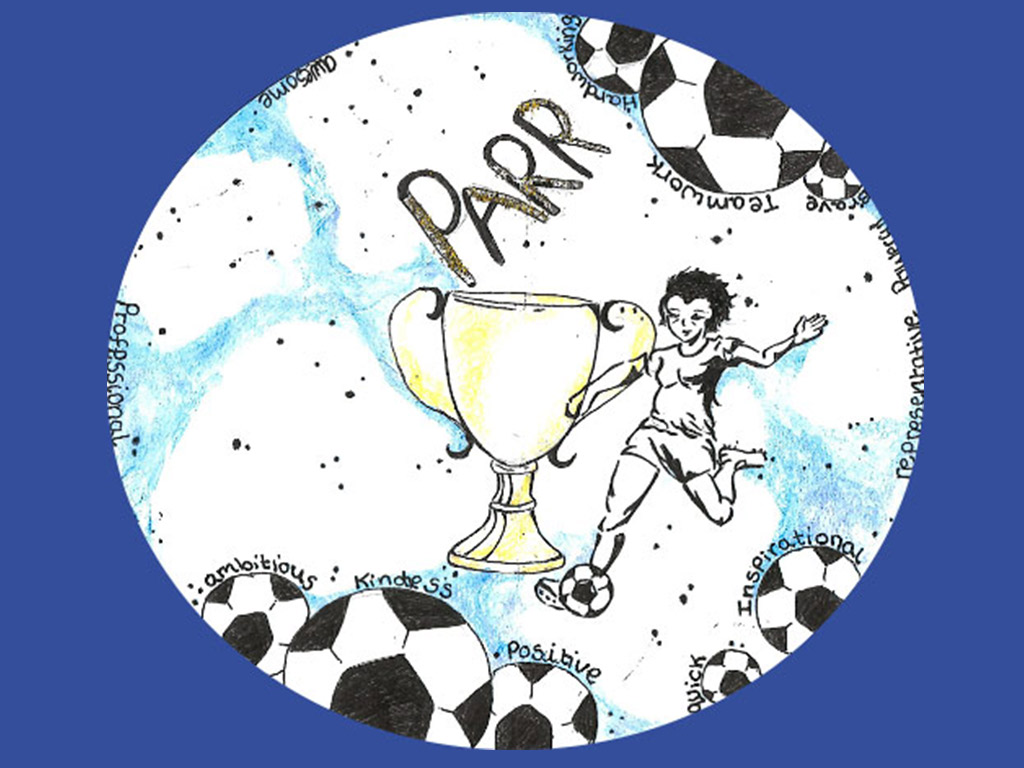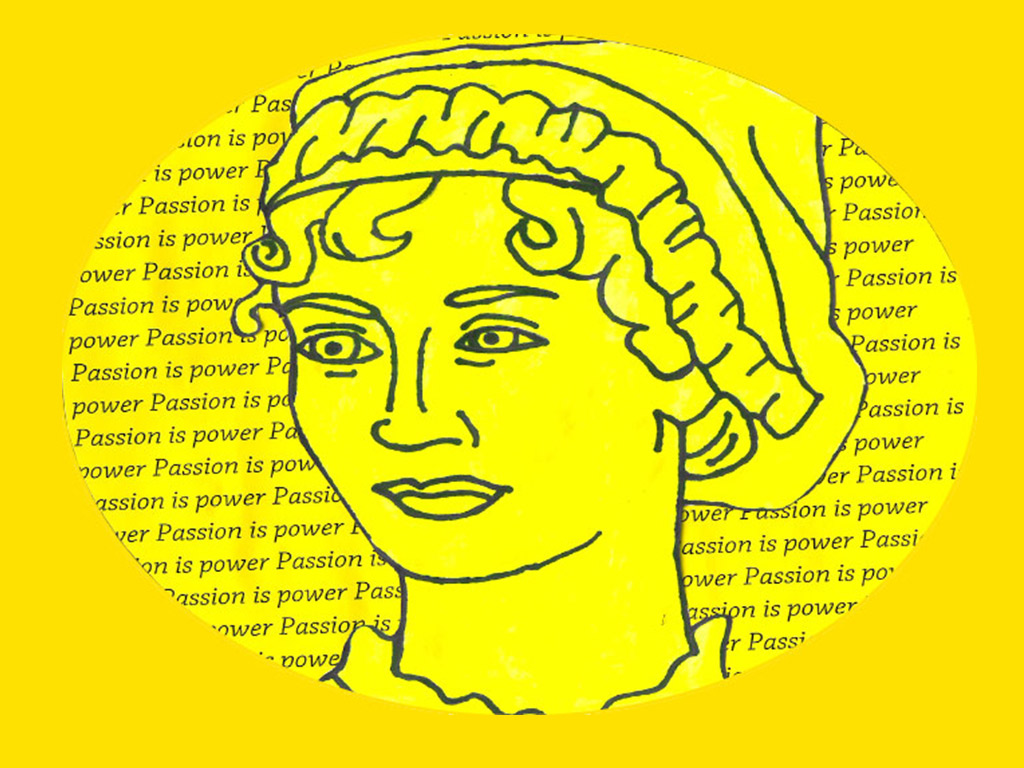Biosciences Showcase for Biology Week 2019
Biosciences are showcased in an array of activities for Biology Week 2019
It has been another exciting Biology Week at Bishop’s this year as the amazing world of biosciences was showcased in an array of activities and experiments. House Franklin reports on what they enjoyed the most:
Plague, pox and pestilence – How pathogens enter the body & antibodies work “The Biology Week Lecture held for Year 11 was a very eye-opening and informative session. Not only was the lecture fun and interactive, it was also packed full of relevant information to better our studies of vaccines and pathogens. During this session, we learn a lot about antibodies and antigens and we were taught the ways in which a pathogen can enter the body. I thought this session was very useful and engaging.” Pearl, 11Fr
Maggot racing – Observing insect response to stimuli “I don’t like maggots but it was great fun trying to get them to move along the race track with a light. Mine took a long time but some of my friends had very quick maggots. Everyone got involved including the teachers, it was great fun.” Amelia, 7Fr
CSI – Solving a crime, using state-of-the-art forensic techniques “On Wednesday 9th October, we had a day off timetable for a CSI workshop (forensic science). We had to figure out who killed a man called Ben. It was really fun and interesting. It was also very stressful because the man who was running the workshop gave us a time limit and put on stressful music which accelerated when the timer was running out. At the beginning of the day, we were put into groups of 6. The groups were named after famous detectives; I was in Marples. At the end of the day, the three winning teams got gold, silver and bronze medals (depending on where they came) and a box of chocolates per group. My group didn’t win, sadly…” Charlotte Gould, 9Fr
Amgen – Manipulating & separating DNA from cheek cells, using professional biotechnology equipment borrowed through the Amgen programme. “We spent the day extracting and analysing our own DNA as well as working with bacterial plasmids. We extracted DNA from our cheek cells and amplified it using the polymerase chain reaction. Whilst this was amplifying, we carried out a restriction digest on two plasmids and then ligated a gene into one of the plasmids. We visualised this ligation on a gel using a technique called DNA gel electrophoresis. All these techniques are in our Biology A level specification and hard to understand; so actually doing the experiment was great and we will also now be able to analyse our results and carry out some further population genetics based on the class results.” Annie, 12Fr
Skype call with a zoo-keeper – Question time with an expert in zoology “During Biology Week, we had a Skype session with a zoo keeper from Whipsnade Zoo. She was a bird keeper and actually showed us the flamingos at the zoo…live! We asked her lots of questions about why she chose this career and what we would need to do if we wanted to become a zookeeper. She gets to hand-rear chicks but it takes a lot of time with feeds every 2 hours!! It was really interesting and great fun.” Beth, 11Fr
Animaltastic – Learning about exotic animals, their habitat and conservation methods “This was great fun! We saw a snake, tarantula, pygmy hedgehog, armadillo and giant millipede. The armadillo looked very odd and stayed curled up but we heard about its habitat in the wild and how it is adapted to its environment. The tarantula hunts its prey but spinning webs that cover a large area of the floor and then it bites anything that gets trapped in it. We were allowed to hold or stroke all the animals and I learnt a lot about both cold-blooded and warm-blooded animals.” Dr A.Bune, Head of Franklin House and Joint Head of KS3 Science
We all look forward to Science Week next!

